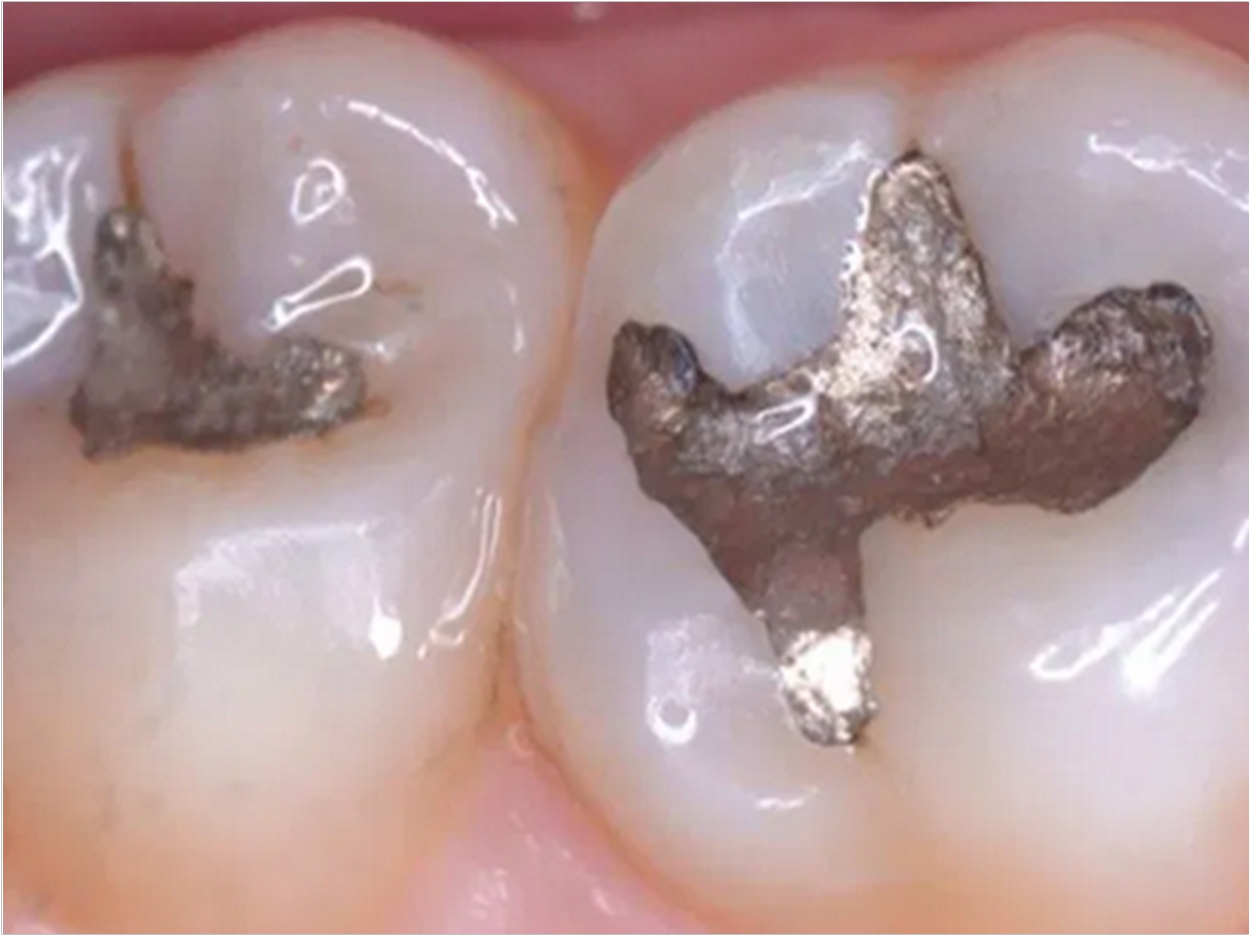
The US Environmental Protection Agency (EPA) is contacting dental offices throughout Pennsylvania via email and the US Postal Service to ensure compliance with the Dental Amalgam Rule, which requires dentists to conduct best management practices to reduce mercury-containing amalgam waste from entering wastewater treatment systems.
Most wastewater treatment facilities aren’t designed to treat mercury-containing amalgam waste material that may find their way into the environment when dental work requires placing and removing fillings and flushing mercury-containing material into chairside drains that enter the local sewer system.
“Mercury is a potent neurotoxin that poses a threat to human health and the environment,” said acting EPA mid-Atlantic regional administrator Diana Esher. “Once created, mercury never leaves the environment, so it is of utmost importance that we take caution of how much we release through human activities.”
Best management practices for dentists require the use of separators; prohibiting providers from flushing waste amalgam, such as from traps or filters, down a drain; and prohibiting the use of bleach or chlorine-containing cleaners that may lead to the dissolution of solid mercury when cleaning chairside traps and vacuum lines, the EPA said.
Exempt from this 2017 rule are dentists who do not place amalgam and only remove amalgam in unplanned or emergency situations, dentists who practice in oral pathology, oral and maxillofacial radiology, mobile dental units, and dentists who discharge to a septic tank.
Mercury in the environment can bioaccumulate in fish and shellfish, which leads to detrimental effects on aquatic life and the food chain, the EPA said.
The EPA expects that compliance with the rule nationally will reduce the annual discharge of mercury to wastewater treatment plants by 5.1 tons as well as 5.3 tons of other metals found in waste dental amalgam. Most of the mercury discharged to the plants is subsequently released to the environment through the incineration, landfilling, land application of sludge, or through surface water discharge.
Failure to comply with the rule would potentially subject the offender to federal civil and criminal penalties under Section 309 of the Clean Water Act and to civil and criminal penalties under state and local pretreatment programs. More information about dental effluent guidelines is available online.
Related Articles
Alternative Dentistry, Snake Oil, and Anti-Science
How the FDA’s New Recommendations for Dental Amalgam Affect Your Practice
FDA Infographics Advise Patients About Amalgam Risks












